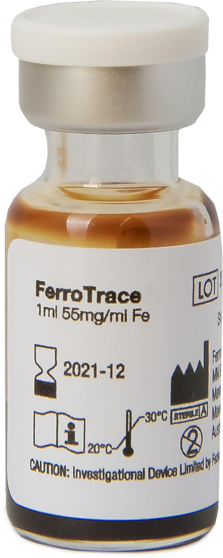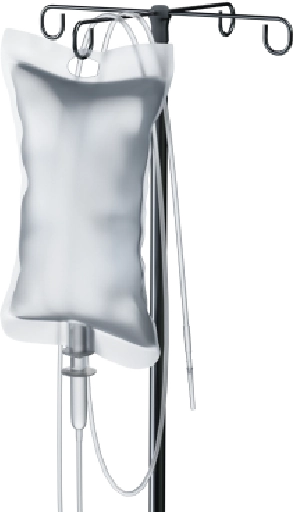a 5-year relative survival rate of
Patients with ≥33 examined lymph nodes have an additional survival benefit of 19% compared to those with <33 examined lymph nodes.8 This highlights the need for a detection system that improves identification of potential high-risk nodes.









